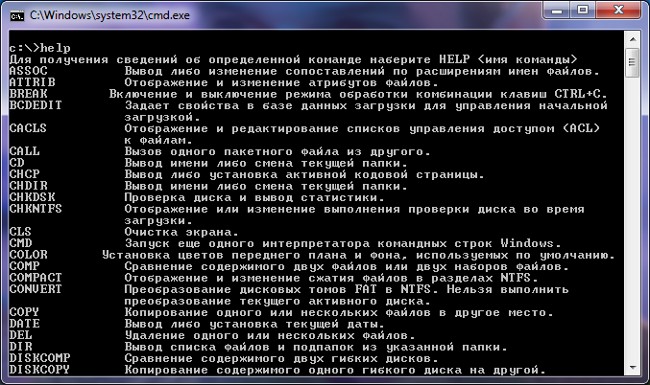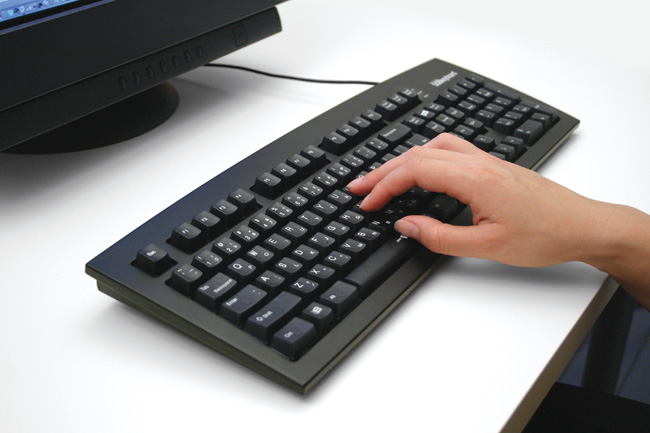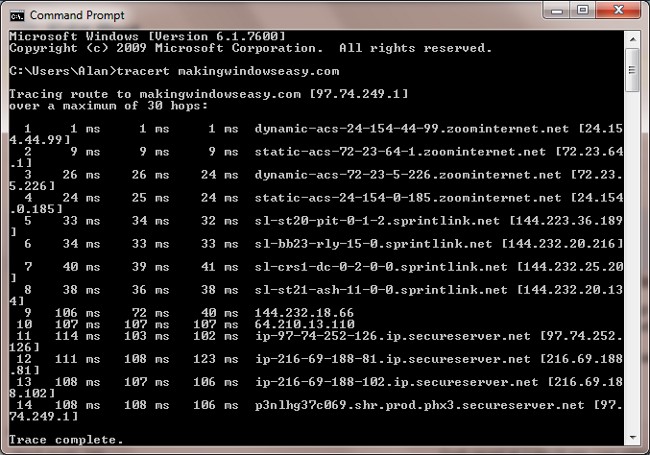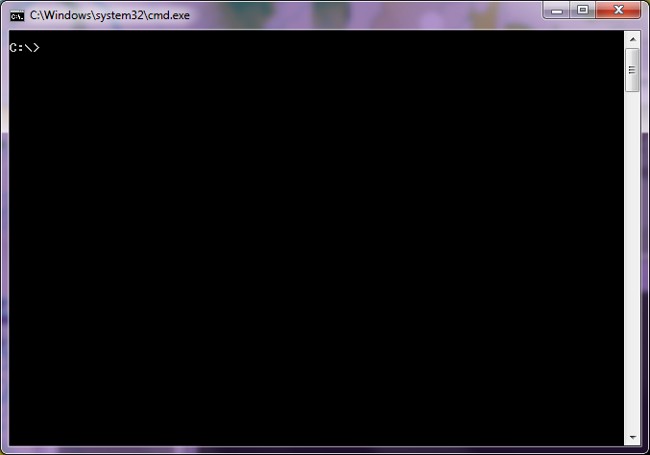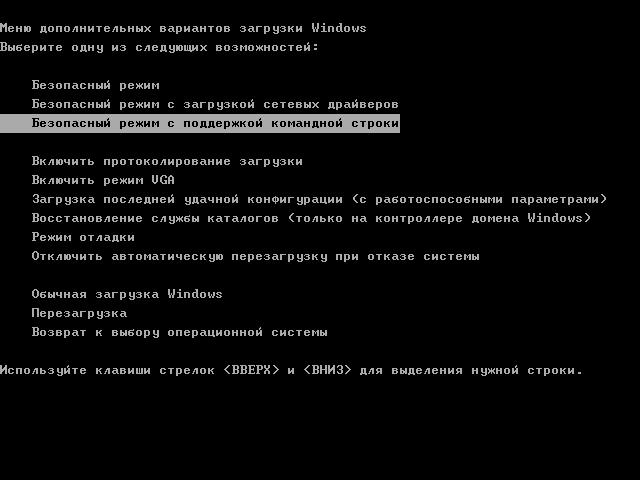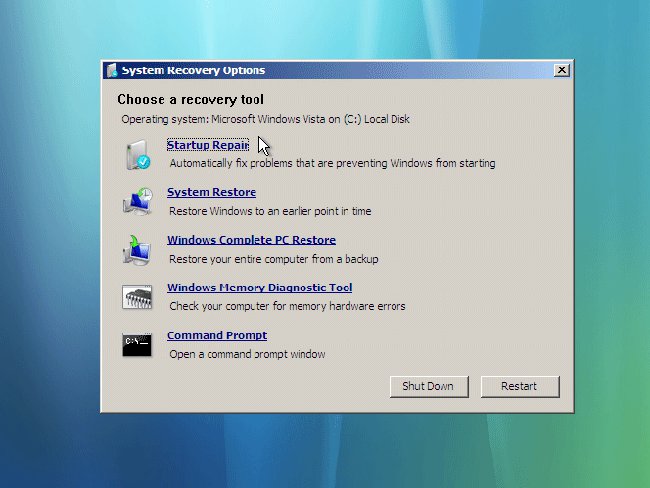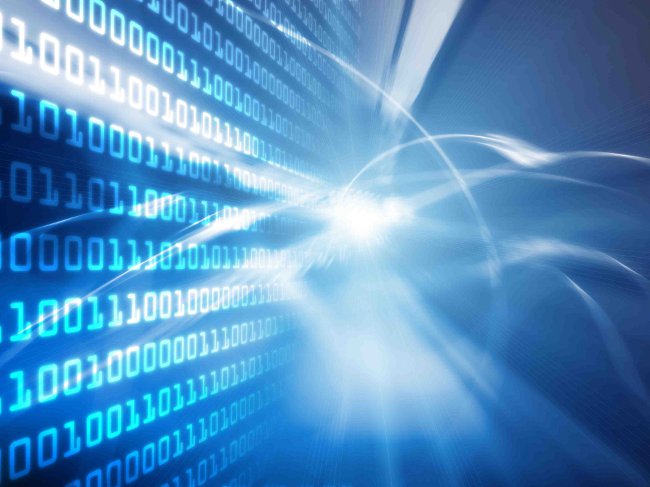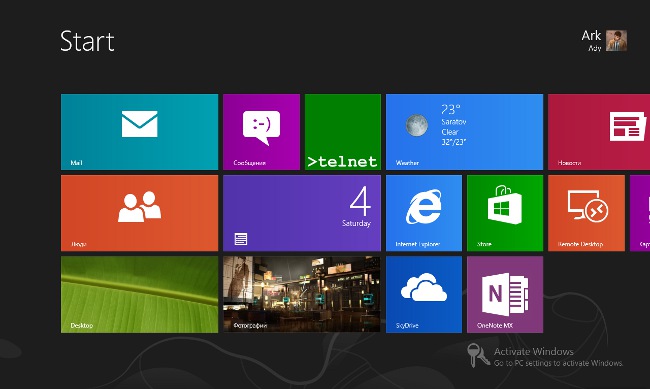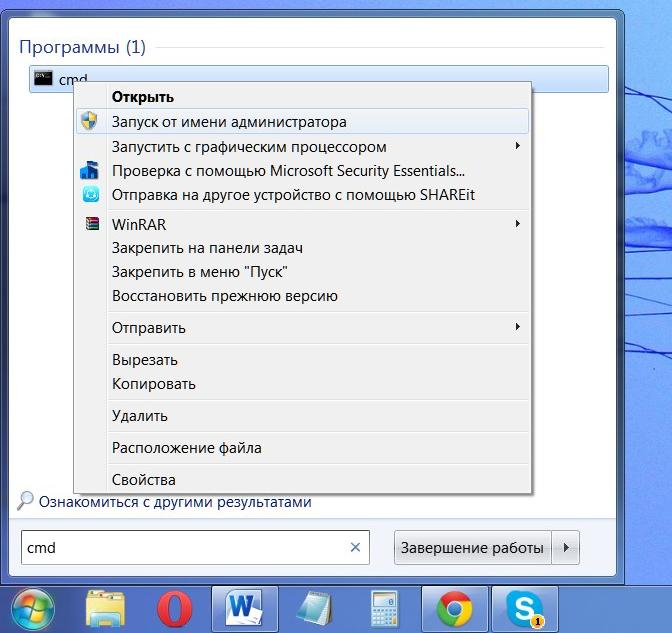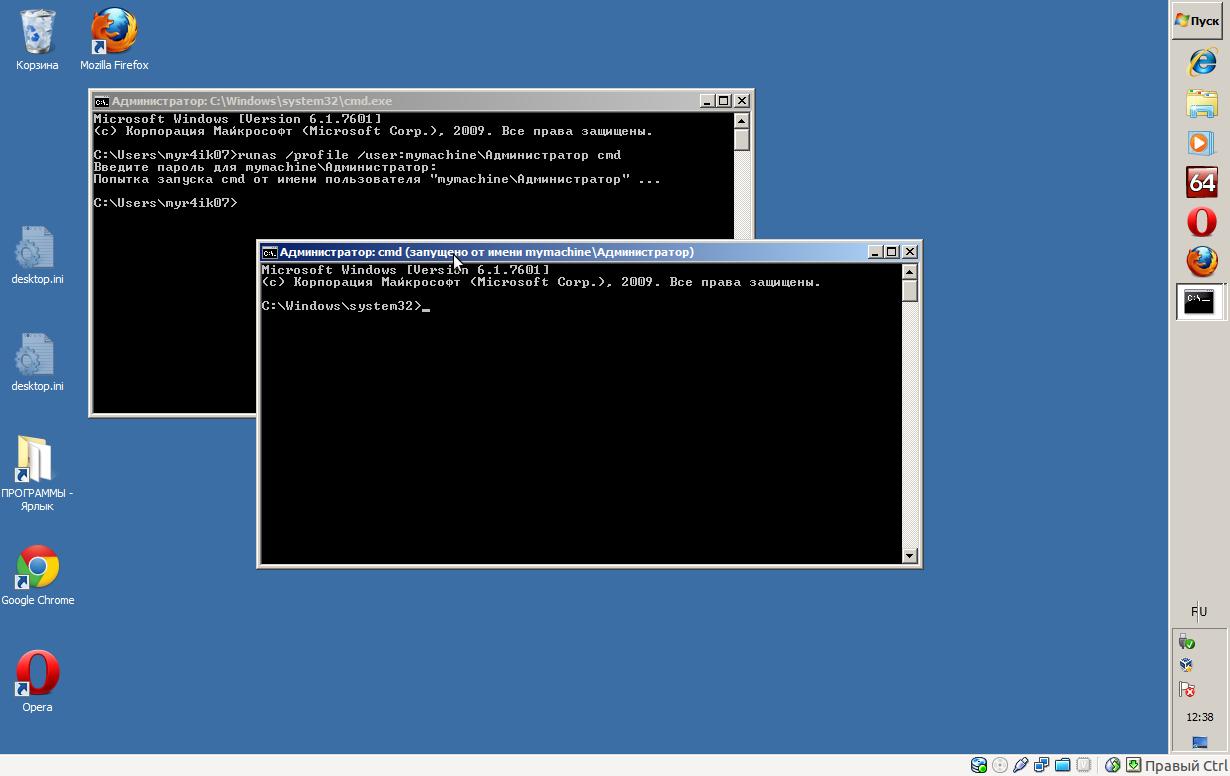Command-line commands
The command line is a very convenient toolWindows operating system, allowing you to perform many tasks. But most users black window with a blinking cursor is driving into a stupor. How to communicate with him? To do this, you need to know the command line commands.
Why use command-line commands and how do I use them?
Command-line commands allow you to producethe actions for which we use the Windows GUI: view the contents of folders, copy, move, rename and delete files and folders, forcefully terminate processes without using the task manager ... But the GUI is intuitive, but with the command line "scientific tyka "is unlikely to work.
In this article, we list the command-line commands that you might need - not all, of course, but only the most basic ones.
After running the command line, you will see an inscription of the type:
C: Usersyour_user>, where your_user is the name of the current user.
This means that at the moment you are in the user's folder (as if you opened it in the explorer). To change this folder, use the command Cd or CHDIR. For example, if you want to go to the Video folder on drive D, type:
cd D: Video
If you use the command Cd or CHDIR without specifying the path to the disk / folder, the name of the current folder will be displayed. To list the files and subfolders of the current folder, use the command DIR.

What commands are needed to work with files and folders?
To manipulate files and folders, the following command-line commands are used:
COPY - copy one or more files to another location
DEL / ERASE - delete one or more files
FC - compare two files (a set of files) and deduce the differences between them
FIND - find in one or several files a text string
MD / MKDIR - create a folder
MOVE - move one or more files from one folder to another
PRINT - display the contents of a text file for printing
RD / RMDIR - delete folder
REN / RENAME - Rename a file or folder
REPLACE - replace files
ROBOCOPY - run an improved means of copying files and directory trees
TREE - display the graphic directory structure of a disk or folder
TYPE - display the contents of text files on the screen
XCOPY - copy files and directory trees
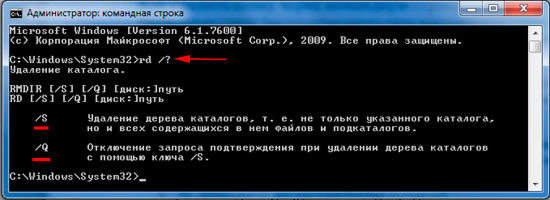
What commands regulate the operation of hard disks and file systems of the computer?
In addition to working with files and folders, commandsThe command line allows you to work with hard disks of the computer and their file systems: change the disk label, perform disk check for errors, change the file system of the disk. This group of commands includes such commands:
CHKDISK - check drive and print statistics
CHKNTFS - display or change the scan of the disk at boot time
COMPACT - display and change compression of files in NTFS partitions
CONVERT - convert the FAT disk volume to NTFS (the conversion can not be performed for the current active disk)
DISKPART - display and configure disk partition properties
FORMAT - format the disk (carefully: formatting deletes all data on the disk!)
FSUTIL - display and configure file system properties
LABEL - create, change, or delete a volume label for a disk
RECOVER - recover data from a bad or damaged disk (if you can read them)
VOL - display the label and serial number of the disk volume
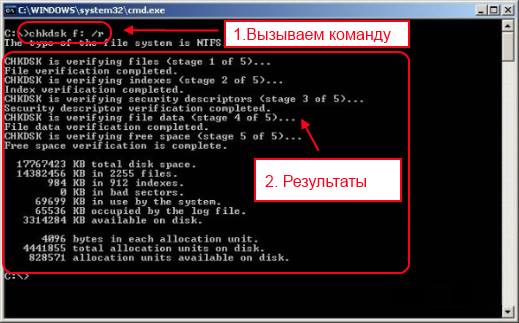
What else can I do with command-line tools?
There are command line commands that allow you to find out specific information about the system (version, configuration, installed drivers).
DRIVERQUERY - display the current state and properties of the device driver
SYSTEMINFO - display information about the system and computer configuration
VER - display information about the version of Windows
System parameters can not only be viewed,but also to change - for example, to set the system date and time. In addition, command-line commands allow you to manage applications and processes and even shut down your computer.
On DATE - display or set the current date
SCHTASKS - run a command or run the application on a schedule
SHUTDOWN - shut down the computer (locally or remotely)
TASKLIST - display of all executable tasks (including services) - analogue of task manager
TASKKILL - stop or stop the process or application (for stopping the process identifier is used - PID, which can be learned using the TASKLIST command)
TIME - display and set the system time
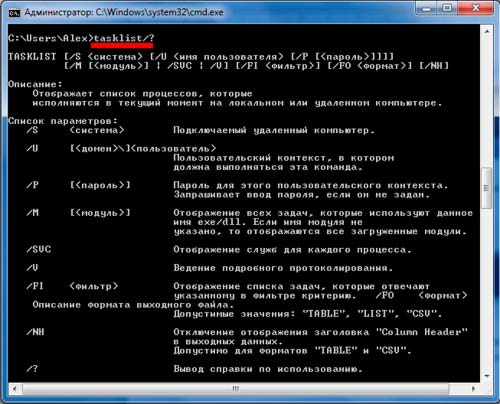
There is a group of commands that allow you to manage the command line itself: change its appearance, run another copy, clean the screen.
CLS - clear the command line screen
CMD - run another copy of the command line
COLOR - set the text color and command line background
PROMPT - change the prompt on the command line
TITLE - assign a window title for the current cmd.exe session (command line interpreter)
EXIT - exit the command line
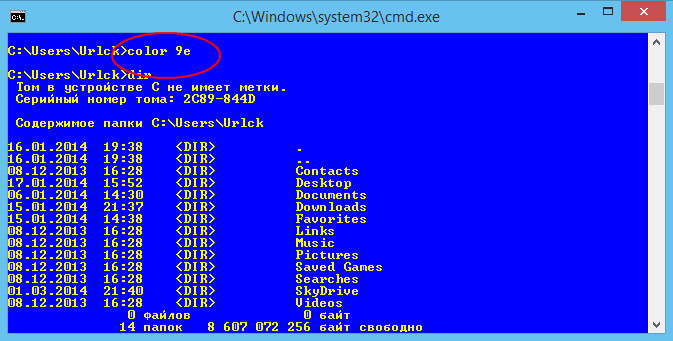
Of course, this is not all command teamslines. All commands, and even more so, their parameters, can not be described in one article. For more information, you can use ... command line! Command HELP lists the available commands, and the command HELP command_name (where commandname is the name of the command you are interested in) displays detailed information about the command.
